 SONY NEX-5 (38mm, f/4.5, 1/60 sec, ISO250)
SONY NEX-5 (38mm, f/4.5, 1/60 sec, ISO250)
I was wrong! I have to admit it. And I hate to be wrong! I never was a strong supporter of the m43 sensor format. To me it was too much of a compromise for a system camera.
It starts with the 4:3 sensor format which makes absolutely no sense in any way. ( Of course that is personal some may like it ). It made no sense back then and it makes even less sense today as all screens have a 16:9 ratio. But it can be changed in the menu to 3:2 so it’s not a big deal. The camera becomes a 14MP camera which is still plenty.
When Olympus and Panasonic introduced the format I saw the potential. Small cameras with big sensors but the first cameras were slow, had noisy sensors and the first lenses were mostly cheap and unimpressive zoom lenses.
But then they worked on every single flaw. The cameras became fast and are now among the fastest focusing cameras in the market. For static subjects they are faster than most DSLRs! Then Olympus brought out some very nice fast prime lenses: 12, 17, 45 and the 75mm to give m43 owners the chance to play with depth of field. And finally they managed to get rid of noise by implementing the newest Sony sensors. Noise performance and image quality is now practicably on par with todays APS-C cameras.
And finally Panasonic has done the most obvious thing: They made a really small camera to show everyone the real potential of m43. How small? This small:
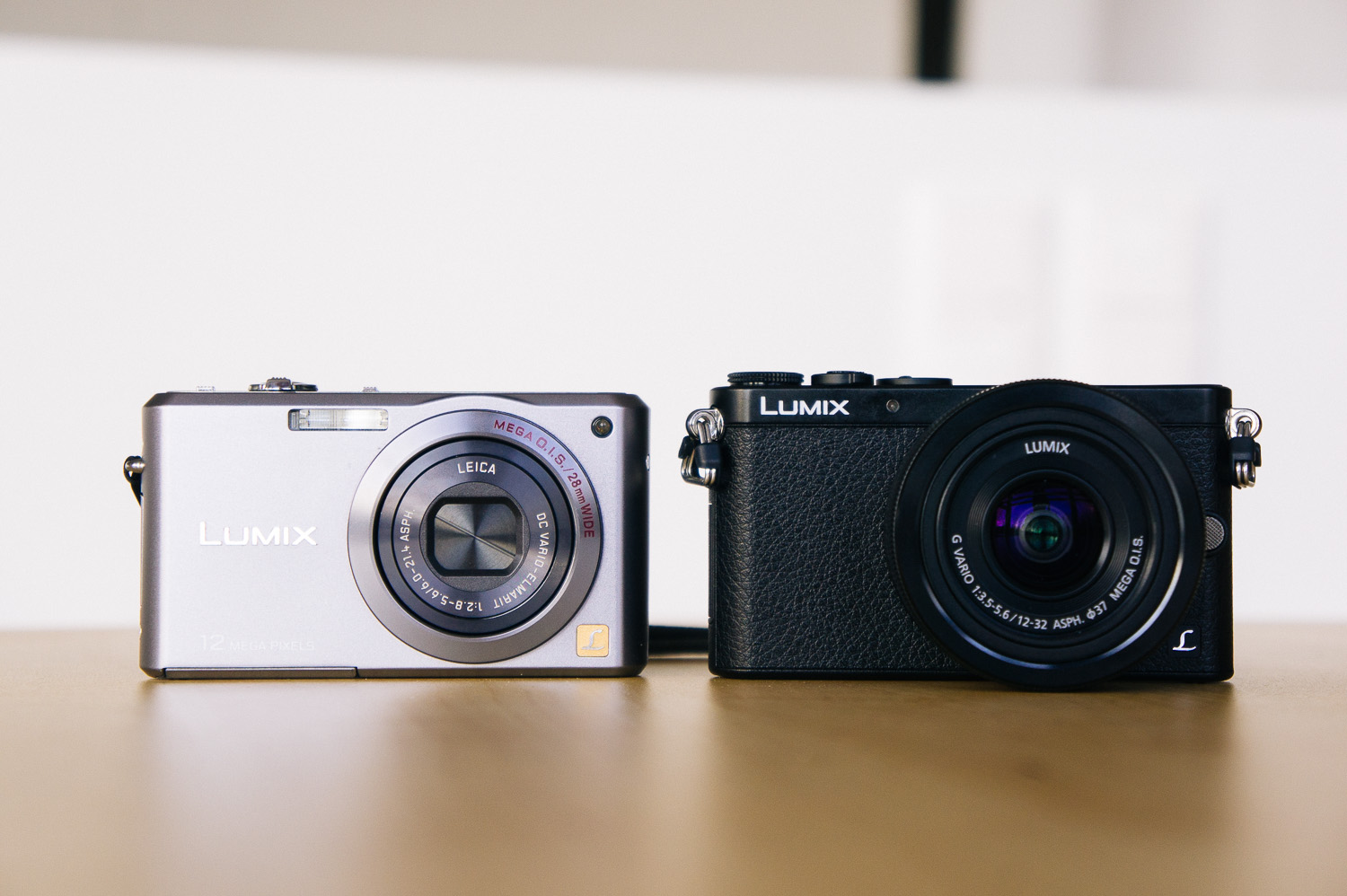 SONY NEX-5 (52mm, f/5.6, 1/80 sec, ISO200)
SONY NEX-5 (52mm, f/5.6, 1/80 sec, ISO200)
The camera beside the GM 1 is Panasonic’s FX100. A small sensor digital compact camera with 12MP I bought in 2007. I used it till the Sony NEX 5 came out. Its extremely small. Maybe these are more telling size comparisons:
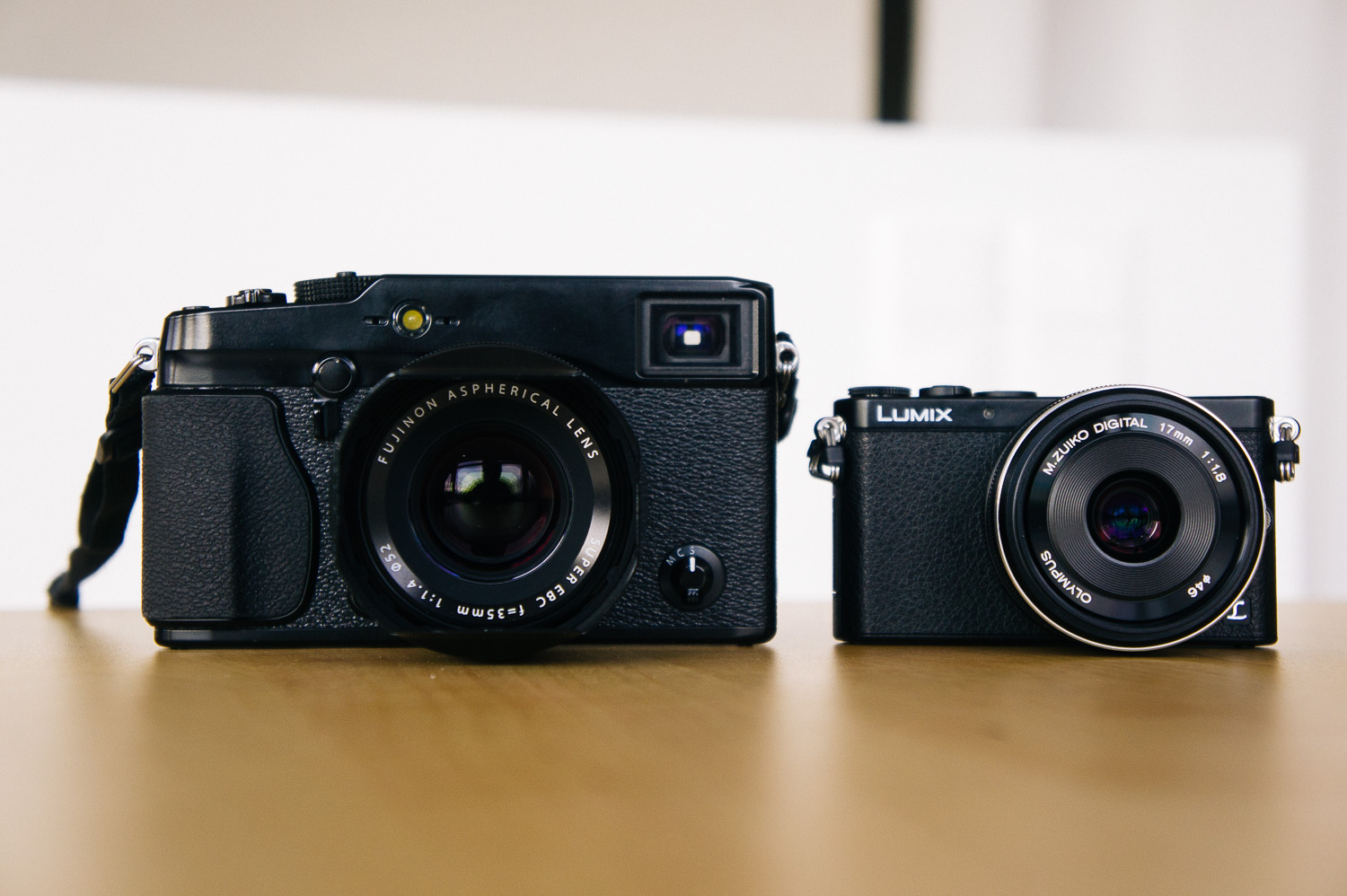 SONY NEX-5 (46mm, f/5, 1/80 sec, ISO250)
SONY NEX-5 (46mm, f/5, 1/80 sec, ISO250)
 SONY NEX-5 (46mm, f/5, 1/80 sec, ISO200)
SONY NEX-5 (46mm, f/5, 1/80 sec, ISO200)
Ok. The Fuji XP1 is almost as big a DSLR and I forgot to take off the lens hood of the 1.4/35 Fuji lens. In this comparison I put the Olympus 1.8/17 on the Panasonic GM1.
 SONY NEX-5 (46mm, f/5, 1/80 sec, ISO250)
SONY NEX-5 (46mm, f/5, 1/80 sec, ISO250)
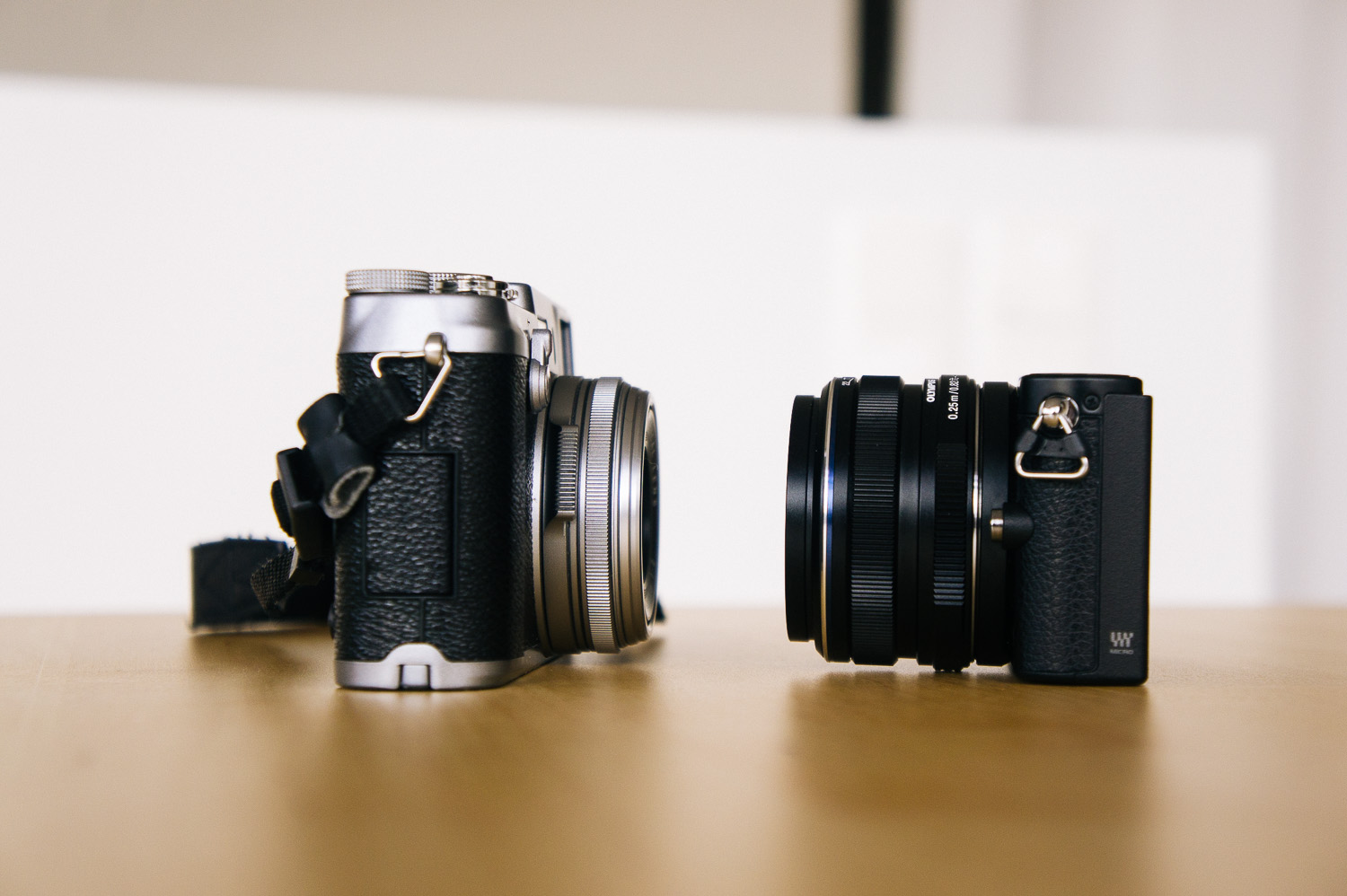 SONY NEX-5 (46mm, f/5, 1/80 sec, ISO200)
SONY NEX-5 (46mm, f/5, 1/80 sec, ISO200)
Another size comparison with my Fuji X100. Still one of the greatest digital cameras ever made and thanks to the flat lens it’s “winter coat pocket – pocketable”. With the Olympus lens there is no comparison. The GM 1 is deeper and as a consequence less pocket friendly.
 SONY NEX-5 (46mm, f/5, 1/80 sec, ISO250)
SONY NEX-5 (46mm, f/5, 1/80 sec, ISO250)
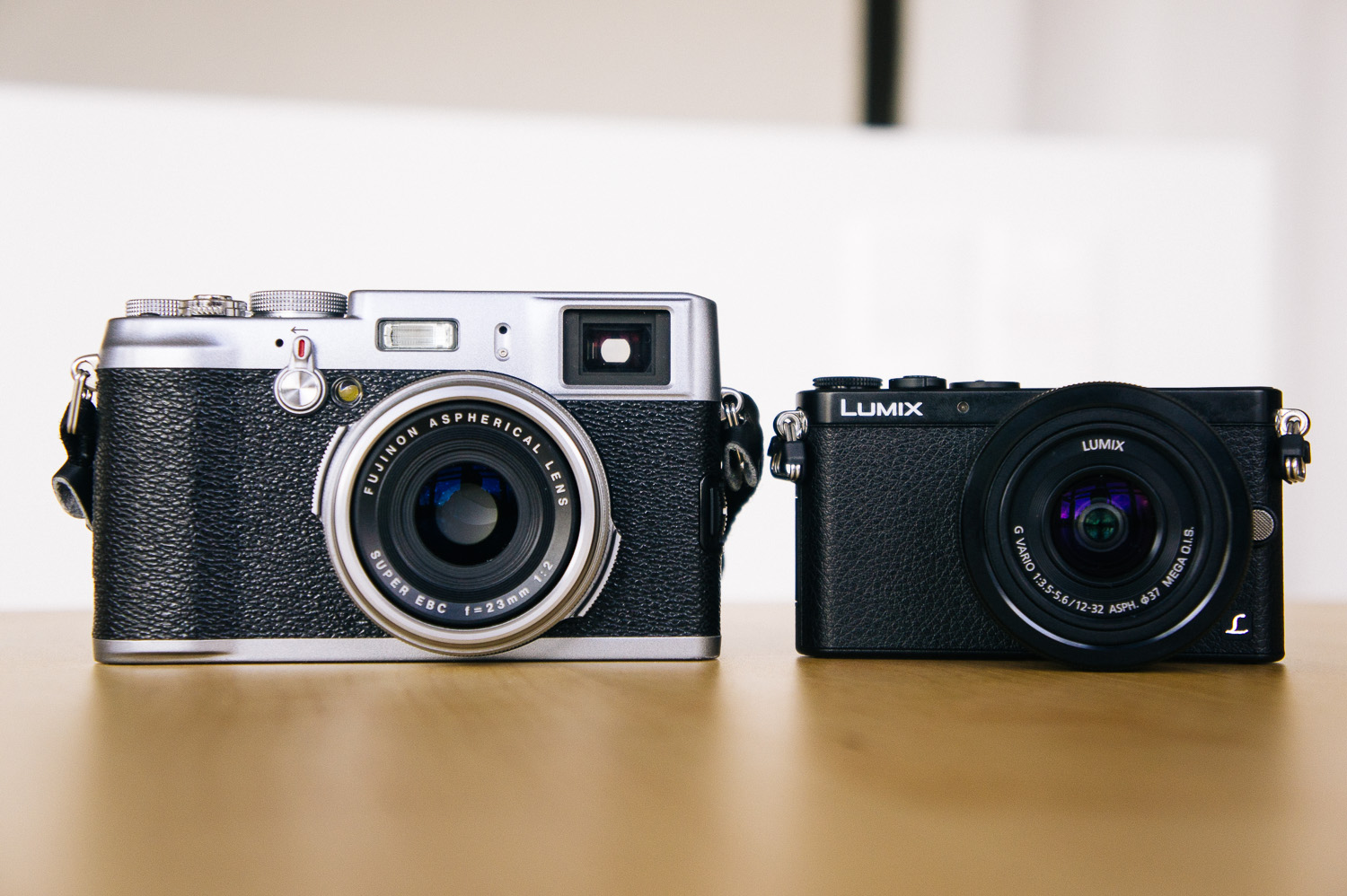 SONY NEX-5 (45mm, f/5, 1/80 sec, ISO250)
SONY NEX-5 (45mm, f/5, 1/80 sec, ISO250)
With the small but great kit lens it’s close. So finally there is a camera with a rather big sensor that you can put in the pocket of your jacket with a real zoom lens attached. A lens that goes from 24mm to 64mm ( speaking full frame ) and is image stabilized. I would prefer the lens to be a little bit longer but I’m more than happy to trade some tele reach for getting 24mm on the wide end.
The introduction of the GM 1 was the final step. Now m43 makes perfect sense. A high quality super compact camera with a high quality super compact kit lens and a high quality large sensor.
And it weighs just 270 grams including lens, battery and memory card!
What’s even more impressive than the size and weight is that the GM 1 is still very good to handle. I have large hands and I have no problems to operate the camera. Of course if you have very thick fingers you will have some troubles to operate the touch screen because the symbols are rather small.
1. How does it feel in hand?
I bought the GM 1 as a replacement for the Sony RX100 and I was expecting some compromises regarding handling just like on the RX100 but I can say that it was a pleasant surprise. Beside some minor issues the GM 1 handles more like a system camera than a compact camera. There is a big difference in-between a power zoom operated by a zoom lever and a real zoom ring on the lens. Of course it would be nice to have a focus ring as well but there is simply no space and why would you want to focus manually anyway when AF is fast and accurate.
The only thing that happens almost all the time when I use the small wheel dial to skip through my shots is that I manage to push the delete button on the touch screen. No big deal as long as you do not accidentally push the delete all button on the touch screen too. Ok. There is another thing: Turn on camera and “turn on” lens means one additional step that you don’t have on other cameras.
But compared to the Sony RX100 the GM 1 feels much more grown up and thanks to it’s sticky surface it’s nice to hold. You don’t fear that it will slip out of your hand.
 Panasonic DMC-GM1 (12mm, f/6.3, 1/320 sec, ISO200)
Panasonic DMC-GM1 (12mm, f/6.3, 1/320 sec, ISO200)
2. How fast is it?
In short it is fast. Very fast. Very, very fast. My main cameras are the Canon 6D and the Fuji XP1. While Fuji’s AF has been improved with the firmware updates it is still slooow compared to the GM 1. When it comes to static subjects the GM 1’s AF is as fast as the AF of my Canon 6D. In good and in poor light. Only in very low light AF get’s slower but under normal conditions AF is as fast as it gets and not only faster than AF on mirror less cameras but also faster than AF on most DSLRs!
The ultrafast AF combined with the very responsive touchscreen gives a totally new and great user experience. There is a setting that let’s you focus and trigger the shutter just by touching the screen. And it works like a charm. There is no delay! No focus and recompose just: Compose your shot and bamm or better CLICK. The result is that you can take a picture the moment you see it. No more missed moments! A big step when you try to capture that special expression or moment.
 Panasonic DMC-GM1 (45mm, f/1.8, 1/250 sec, ISO250)
Panasonic DMC-GM1 (45mm, f/1.8, 1/250 sec, ISO250)
Another nice thing is the seamless integration of the electronic shutter. The GM 1 allows you to shoot at 1/16.000s. No need to engage built in ND filters or even worse to use screw in ones. I would love to have that on my Canon or my Fuji. It allows you to use very fast lenses wide open in bright sunlight.
But the shutter is also the weakest point of the GM 1. Because of size there is no second curtain which limits the mechanical shutter to 1/500s and even worse the flash sync time to 1/50s. In short this means if you are a flash photographer this is not your camera! There is no chance to use fill flash in daylight. If you try the camera will close down the aperture to get to 1/50s shutter speed and that means that the already very weak flash ( GN 4! ) will have no effect at all. It’s only logical that there is no flash socket. It would only be misleading.
3. How about Auto-WB, exposure meter and the JPEG engine?
I know some of you still shoot JPEG. I don’t think it makes any sense today to use this format but who am I to tell you what to do. For all the JPEG lovers out there: Yes you can shoot JPEG with the GM 1. Auto-WB is very good ( almost as good as on my Fuji X100! ) and the exposure meter is very reliable. As long as you compensate for very bright and very dark subjects you should get correctly exposed shots with a very good dynamic range and nice colors. Unlike some other cameras the GM 1 doesn’t kill sunsets. Nice! So the GM 1 is a very good camera for JPEG shooters too.
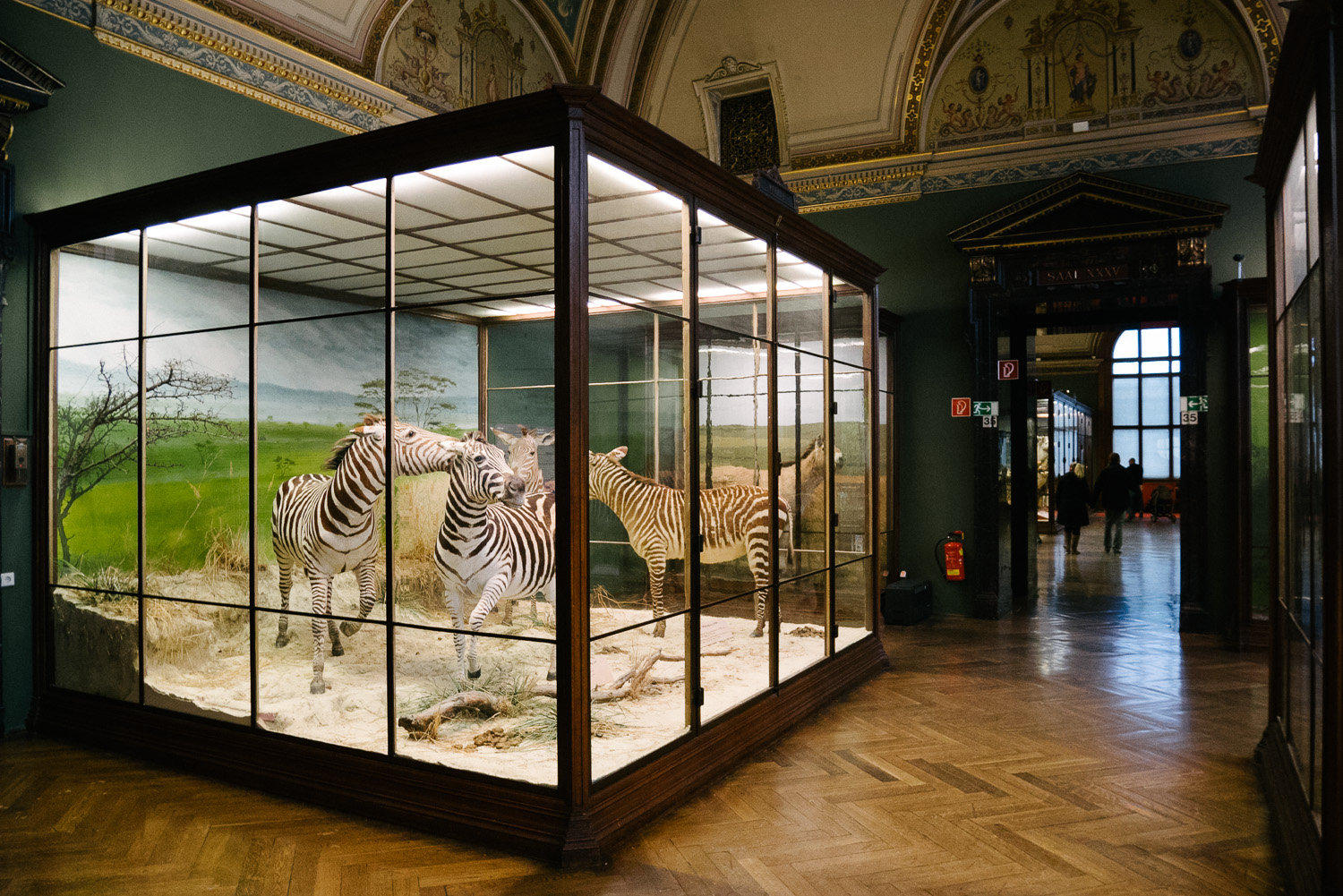 Panasonic DMC-GM1 (12mm, f/3.5, 1/13 sec, ISO1000)
Panasonic DMC-GM1 (12mm, f/3.5, 1/13 sec, ISO1000)
I would still recommend to shoot RAW mostly because of high ISO. I prefer noise over the dreadful smearing of details. The Panasonic GM 1 has an excellent high ISO performance as long as noise reduction does not kick in. I have no idea if it can be turned off completely for JPEGs but what I can tell you is that the RAW files look excellent.
4. How about image quality? Is it really that good?
In short: Yes.
If you care here is a longer version. Image quality is very good not only compared to m43 or APS-C, it is as good as first generation full frame cameras. It is as good as a Nikon D700 or even a Canon 5D. And I’m not talking about base ISO settings only. High ISO is excellent too. It’s better than my Canon 5D and what impresses me even more is that it’s per pixel sharpness is excellent too. I know I used that one already but I have no other high ISO portraits yet. ISO 2.000 looks really impressive to me.
 Panasonic DMC-GM1 (45mm, f/2.8, 1/100 sec, ISO2000)
Panasonic DMC-GM1 (45mm, f/2.8, 1/100 sec, ISO2000)
In landscape shots a Panasonic GM 1 plus its kit lens gets you practicably the same results as a Canon 5D with the 24-105L. A truly impressive result for such a small camera!
5. How does it compare to a:
Sony RX100: It’s roughly the same size and weight but the kit lens is shorter ( 64mm compared to 100mm ) but it offers real wide angle ( 24mm compared to 28mm and that’s a huge difference ). But the kit lens is slower which means that you have to use ISO 2500 compared to ISO 800 which partly takes away the high ISO advantage of the GM 1. But IS is very effective on the kit lens while IS on the RX100 is almost non existent. There is no 100mm setting for portraits but the GM 1 let’s you change lenses. Put on a 1.8/17mm or the 1.8/45mm and you are not only back to lower ISO settings and better image quality but you have also the option to get some rather good subject to background separation that you just don’t get with the Sony RX100.
If you use only the kit lens you will have better handling, much faster AF but not much real gain in low light BUT fast primes put the GM 1 in a different league.
Fuji X100: It’s much smaller and lighter. High ISO performance is about the same. The X100S would be better. AF of the GM 1 is much faster even though the X100 improved a lot over time. Handling is much nicer on the Fuji but the GM 1 give you higher flexibility. Paired with the 1.8/17 from Olympus the look of the files get close to what you can get with the X100.
Ricoh GR: It’s smaller, weight is about the same but the Ricoh GR slips into a pocket much more easy. Handling is a little bit better on the GR as is Image quality but the GM 1 has a much better out of camera image and auto white balance. Regarding AF the GM 1 is in a different league especially when the light drops.
Fuji X-Pro 1: Now these two cameras are completely different in size. The XP1 has better IQ also in the high ISO settings and better colors too. The GM 1 is much faster regarding AF and if you use the fantastic touch screen to AF and to release the shutter it is faster to operate too. There is only one chance to shoot as fast or faster with the XP1 and it works best with the 14mm lens. Set aperture to f5.6 or f8 and use the hyper focal focusing.
Canon 6D: Ok. Let’s forget about size and weight. The IQ is also better on the Canon 6D but it isn’t night and day which was a very pleasant surprise to me. Till ISO 800 there is practicably no noise in the GM 1 shots too. ISO 1.600 and above and the difference becomes obvious. I would still not hesitate to mix images of these two cameras in a large format photo book and I bet that most viewers wouldn’t be able to tell which photo was taken with which camera.
And here is the size comparison with the portrait lenses attached. The excellent 1.4/85 from Sigma on my Canon 6D and the very impressive 1.8/45 Olympus on the GM 1.
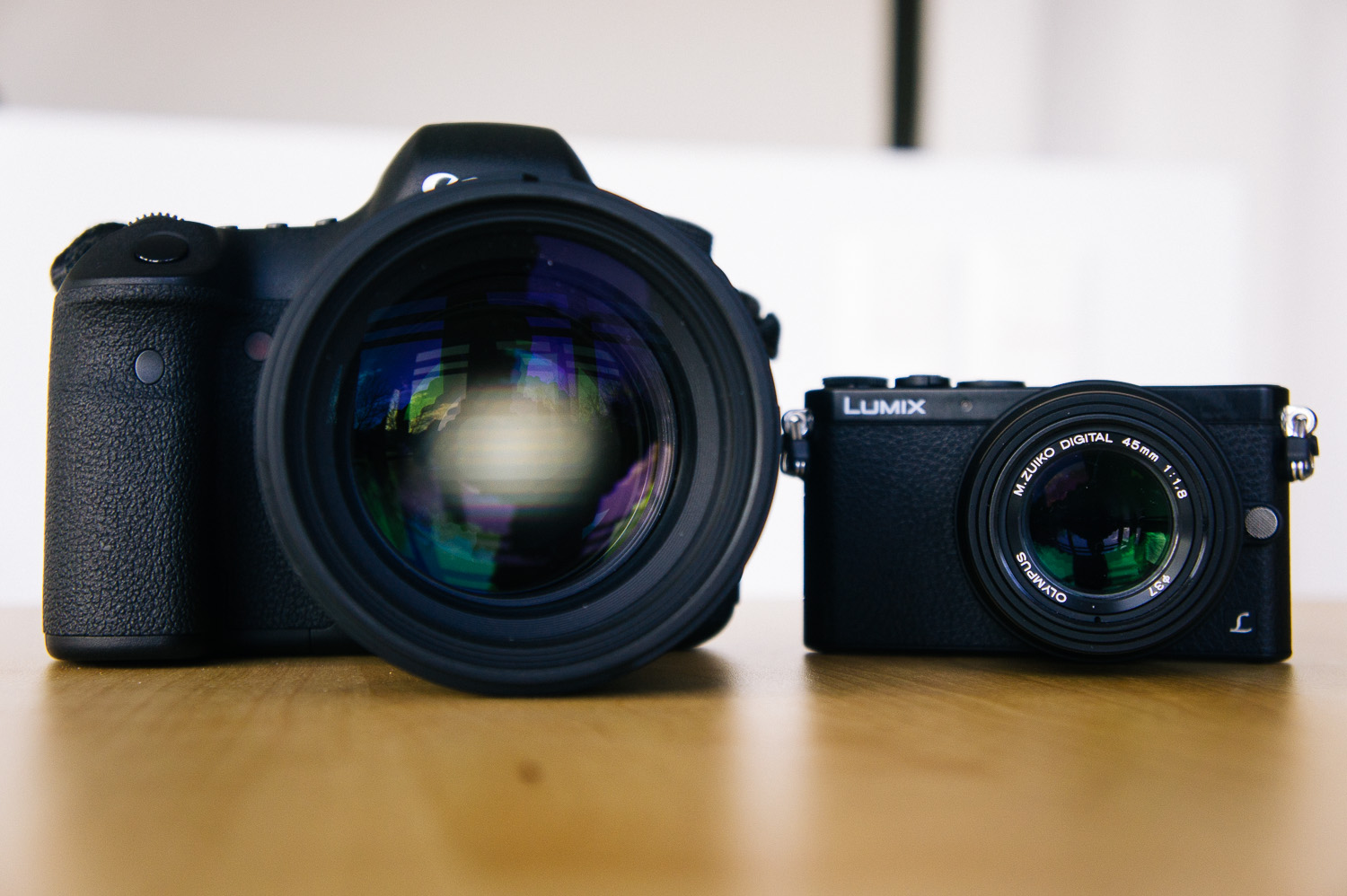 SONY NEX-5 (39mm, f/4.5, 1/60 sec, ISO200)
SONY NEX-5 (39mm, f/4.5, 1/60 sec, ISO200)
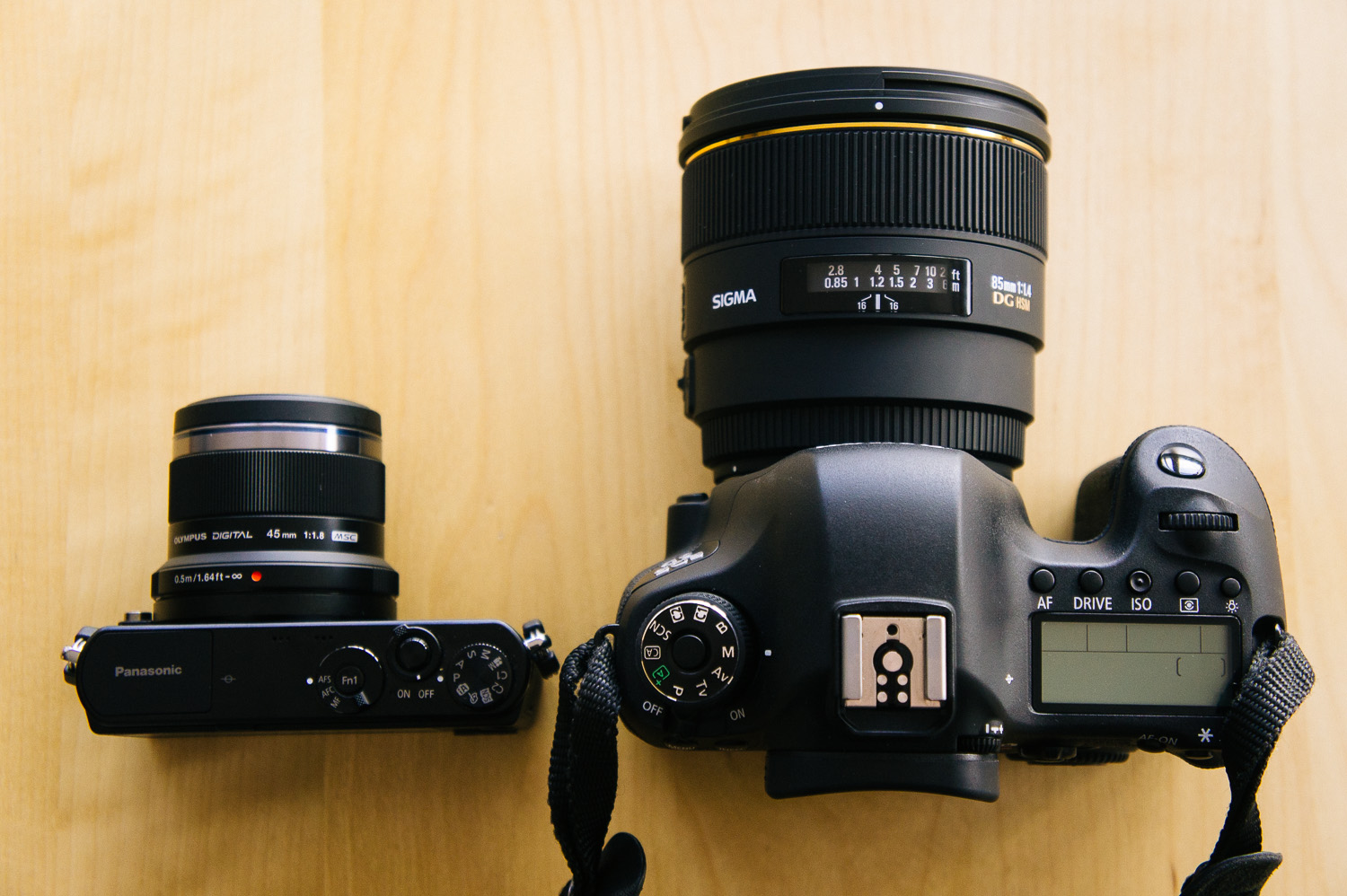 SONY NEX-5 (39mm, f/4.5, 1/60 sec, ISO400)
SONY NEX-5 (39mm, f/4.5, 1/60 sec, ISO400)
 SONY NEX-5 (39mm, f/4.5, 1/60 sec, ISO200)
SONY NEX-5 (39mm, f/4.5, 1/60 sec, ISO200)
I’m not going to tell you that this GM 1 combo can match the output of the Canon 6D with the 1.4/85 Sigma because it can’t. The Canon 6D has a much better high ISO performance and better clarity than the GM 1 and its ability the isolate the subject from the background is a completely different story. It can be magical.
But if you shoot a classical headshot portrait with the Sigma you need to stop down to f2.8 or better to f4 to get the depth of field necessary to ensure that not only the eyes but also the nose of your model will be in focus. On the GM 1 combo you can shoot wide open and still get f3.6 depth of field ( talking full frame ) which let’s you shoot at an almost 2 stops lower ISO setting than on the 6D: ISO 800 instead of ISO 3.200! So for available light head shots they are closer than it might look when just comparing the specs.
And there is an other aspect too: Less experienced models and that usually includes all your family members and all your friends are most likely less scared when you point the GM 1 at them which will result into natural and more relaxed expressions. And that is a big thing in portrait photography! The GM 1 may look like an ordinary point and shot but with the right lens it can produce outstanding results.
6. Conclusion:
Should you get one? There is no easy answer to that. A similar priced entry level DSLR still offers greater flexibility and faster focus tracking. But with static subjects I doubt that you find a camera that focuses much faster even if you include pro-DSLRs. It is really impressive. If you consider the very responsive touch screen shutter I think there is no faster way to take a picture today.
There is one slightly annoying thing I forgot to mention: There is no shutter speed setting in the Auto-ISO menu. Come on! How hard can it be? It’s one line in a menu. My workaround is to set camera to S-Mode and set shutter speed myself. If you don’t do it you waste the IS capability of the kit lens because the camera chooses 1/60s to be on the safe side. By selecting 1/15s I can shoot at a 2 stops lower ISO setting in low light. It’s a small point but it is easy to fix. Maybe there will be a firmware update someday.
There is a vast selection of lenses available from Panasonic and Olympus. Even though third party makers haven’t really jumped in so far it is the most complete lens selection in the mirror less world. There is almost everything: From cheap and light zooms to fast and small primes. There are fast pro quality zooms and very exotic, very fast manual primes and there is a surprisingly small and light super zoom. There are even two super wide angle zooms available. This is a grown up system.
It’s biggest selling point is its size but the GM 1 is much more than that.
 Panasonic DMC-GM1 (140mm, f/7.1, 1/500 sec, ISO200)
Panasonic DMC-GM1 (140mm, f/7.1, 1/500 sec, ISO200)
The only real weak point of the GM 1 is it’s flash. If you use flash often just forget about this camera. It’s not made for flash photography. Beside flash and fast action I can’t see a reason not to buy this camera. Very, very highly recommended!
PS: Sorry! I didn’t say a thing about its video quality: I heard it is very good.
Which lenses to get?
The kit lens is a great performer, it’s small and it comes with the camera but I strongly recommend to consider to get at least these two lenses. They transform the camera!
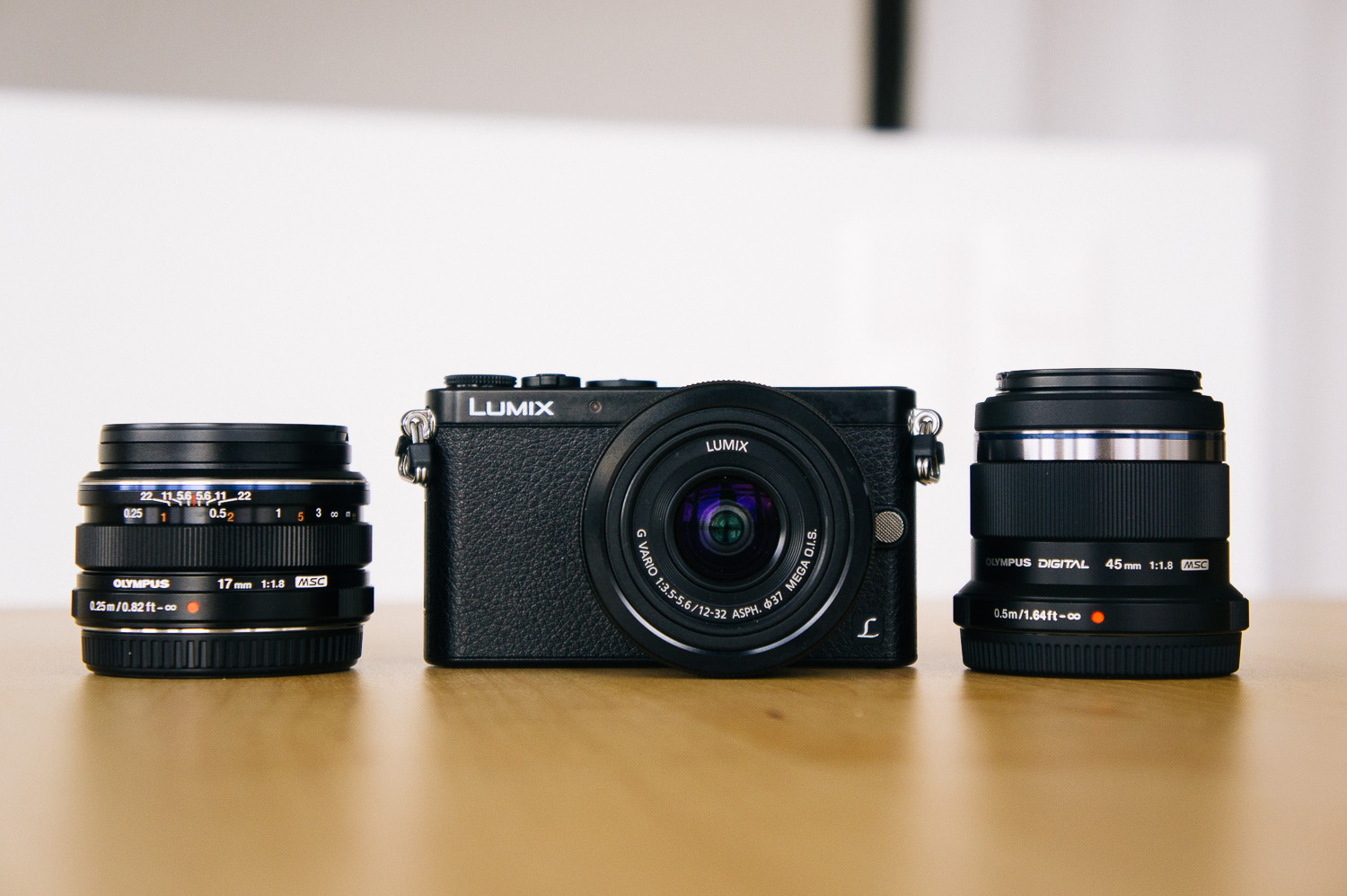 SONY NEX-5 (46mm, f/5, 1/80 sec, ISO250)
SONY NEX-5 (46mm, f/5, 1/80 sec, ISO250)
Because there was a request to show the camera with the new 14-140 zoom from Panasonic attached. Here is it: The lens looks huge here but it’s about the size of the 18-55 lens of my Sony NEX and it weighs 265 grams. This is still a rather small and light lens.
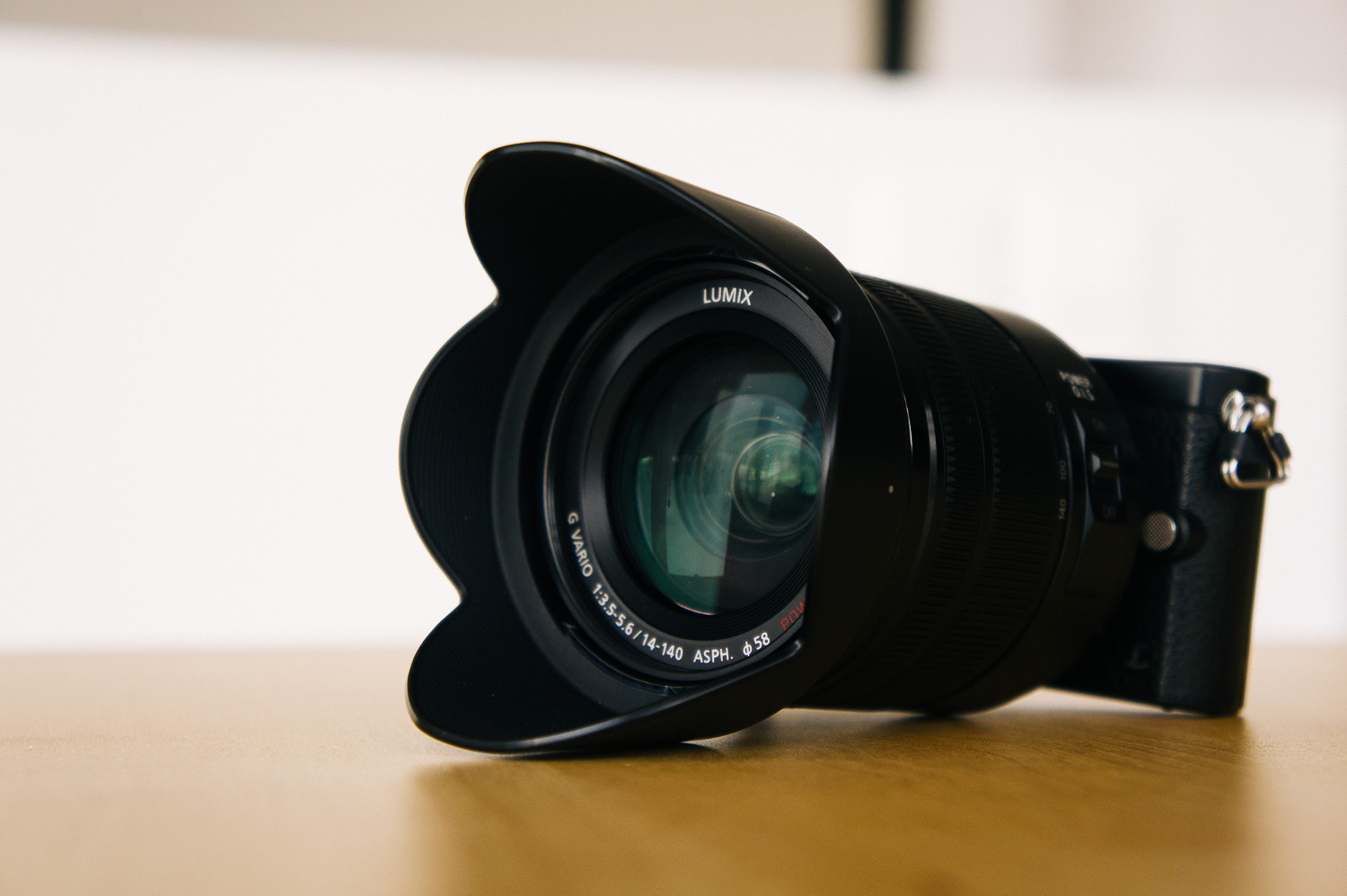 SONY NEX-5 (48mm, f/5, 1/80 sec, ISO200)
SONY NEX-5 (48mm, f/5, 1/80 sec, ISO200)
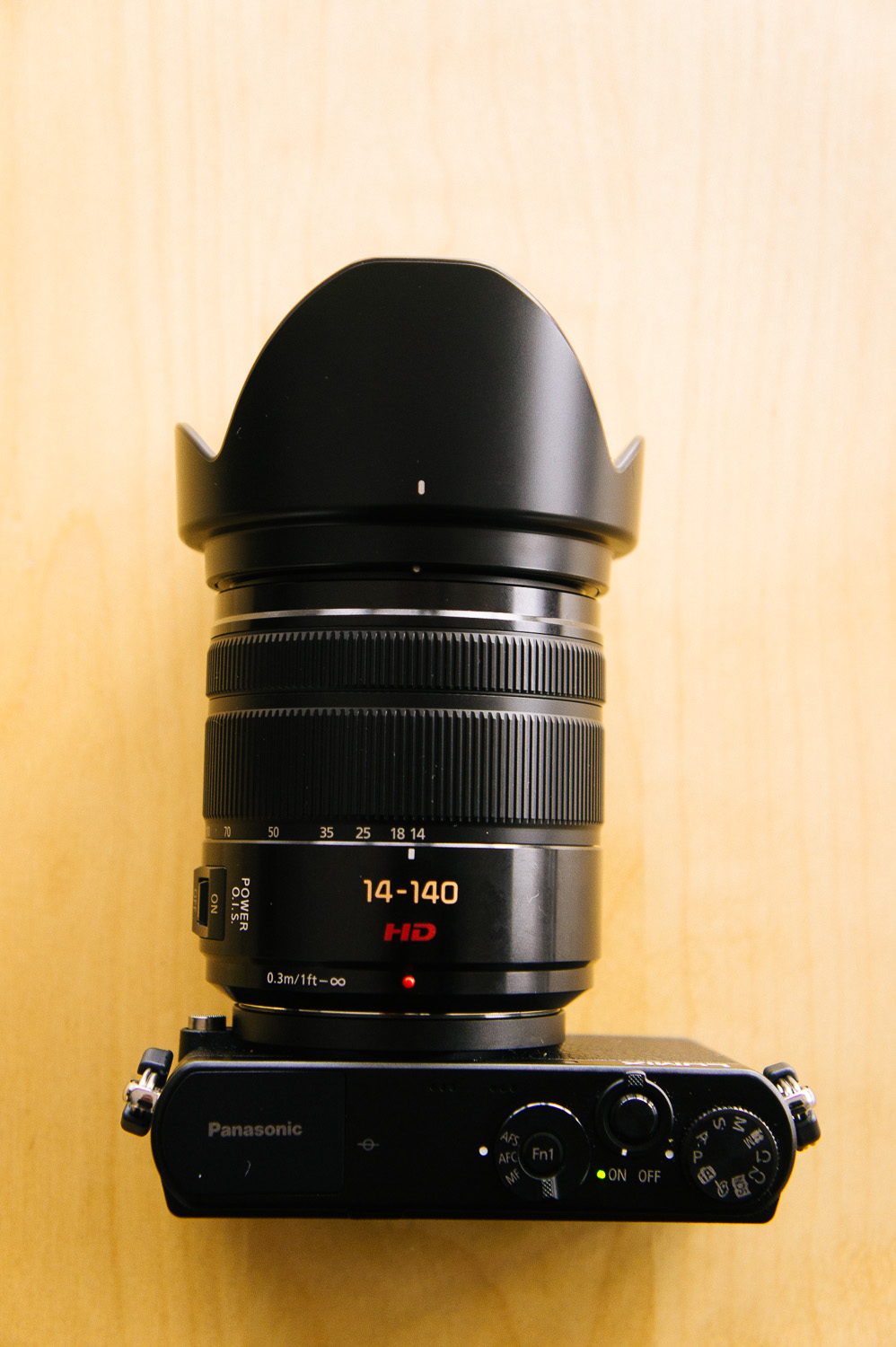 SONY NEX-5 (38mm, f/4.5, 1/60 sec, ISO320)
SONY NEX-5 (38mm, f/4.5, 1/60 sec, ISO320)
Here are some more samples:
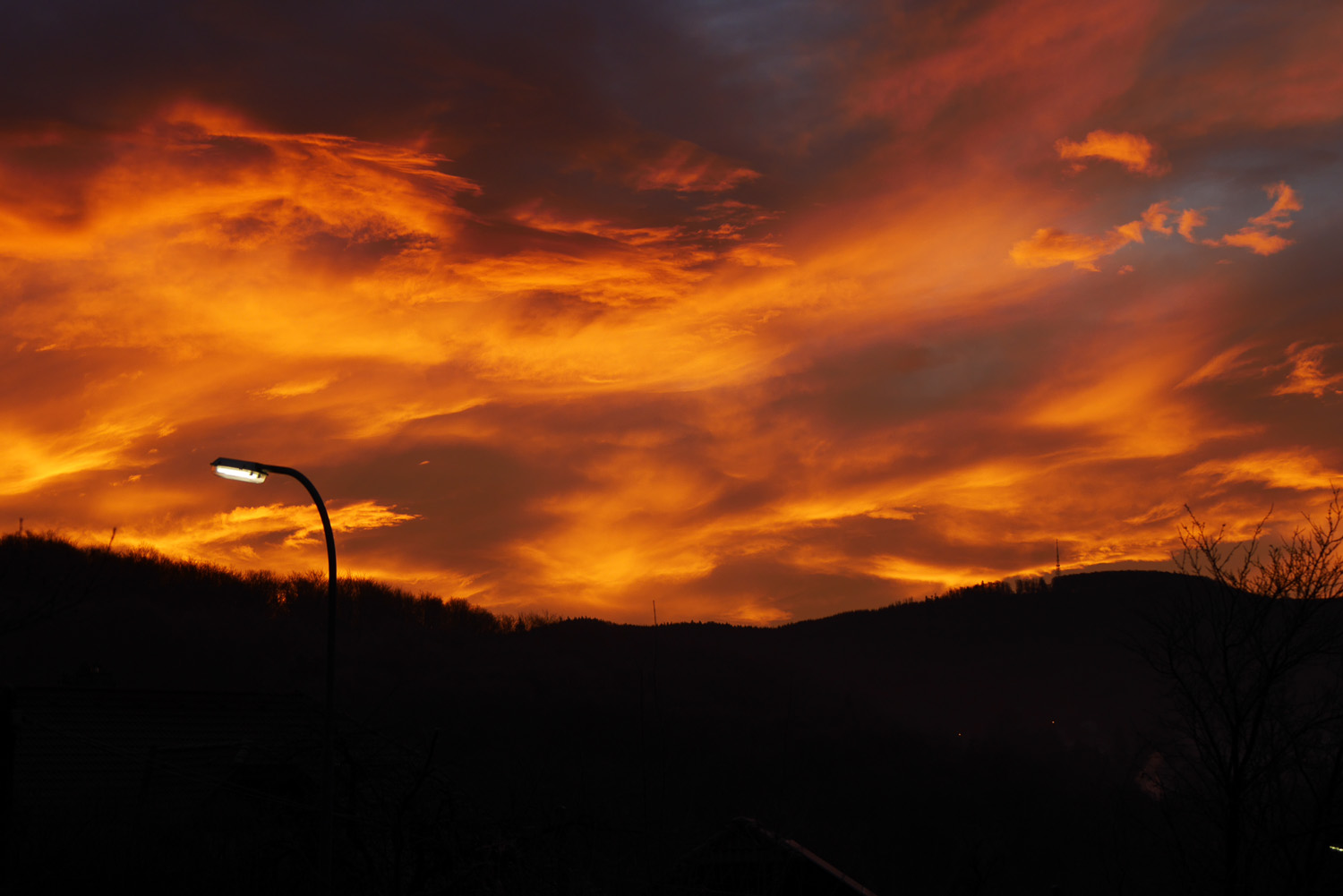 Panasonic DMC-GM1 (40mm, f/4.7, 1/100 sec, ISO200)
Panasonic DMC-GM1 (40mm, f/4.7, 1/100 sec, ISO200)
 Panasonic DMC-GM1 (45mm, f/2.8, 1/100 sec, ISO500)
Panasonic DMC-GM1 (45mm, f/2.8, 1/100 sec, ISO500)
 Panasonic DMC-GM1 (12mm, f/4.5, 1/200 sec, ISO200)
Panasonic DMC-GM1 (12mm, f/4.5, 1/200 sec, ISO200)
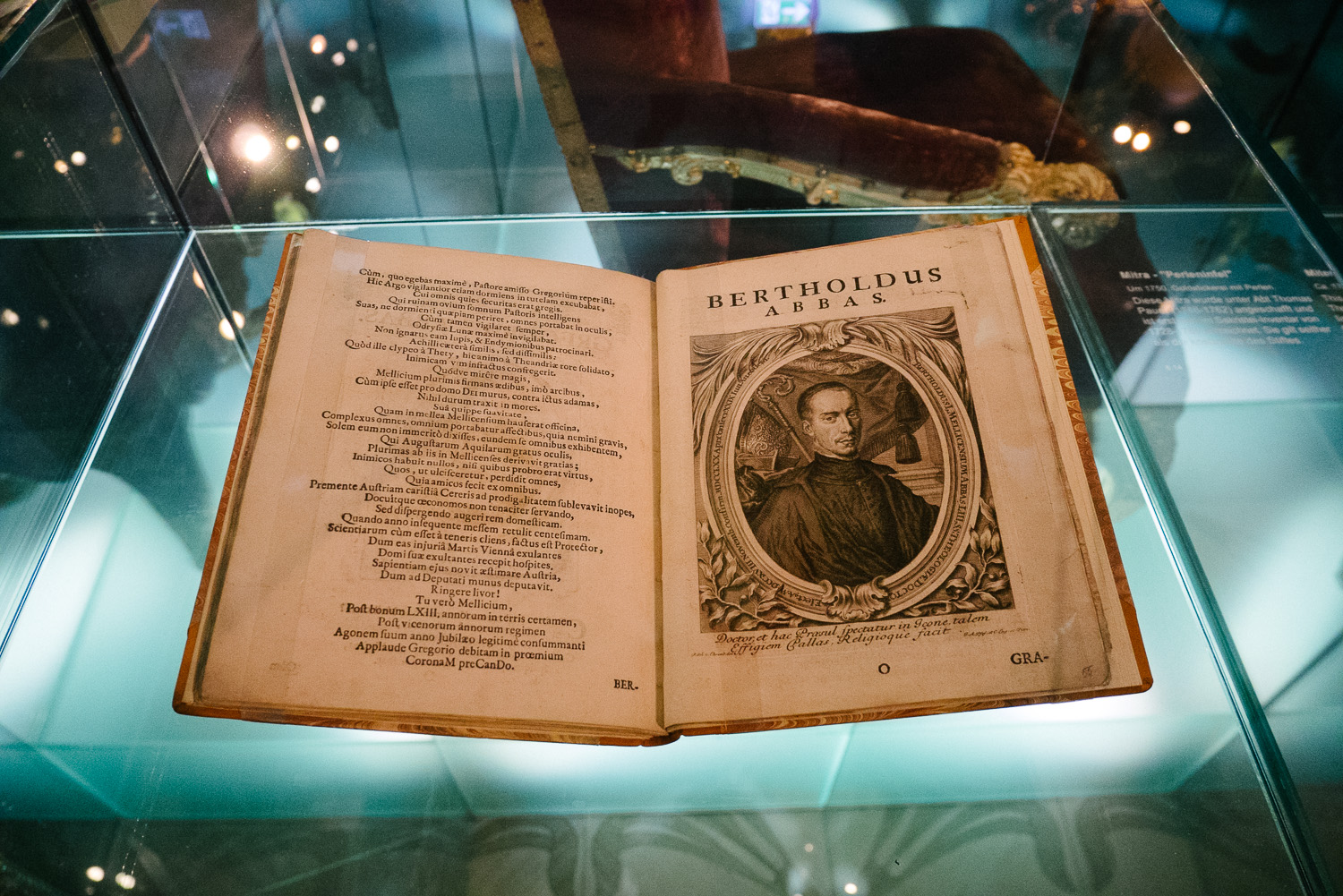 Panasonic DMC-GM1 (12mm, f/3.5, 1/60 sec, ISO2500)
Panasonic DMC-GM1 (12mm, f/3.5, 1/60 sec, ISO2500)
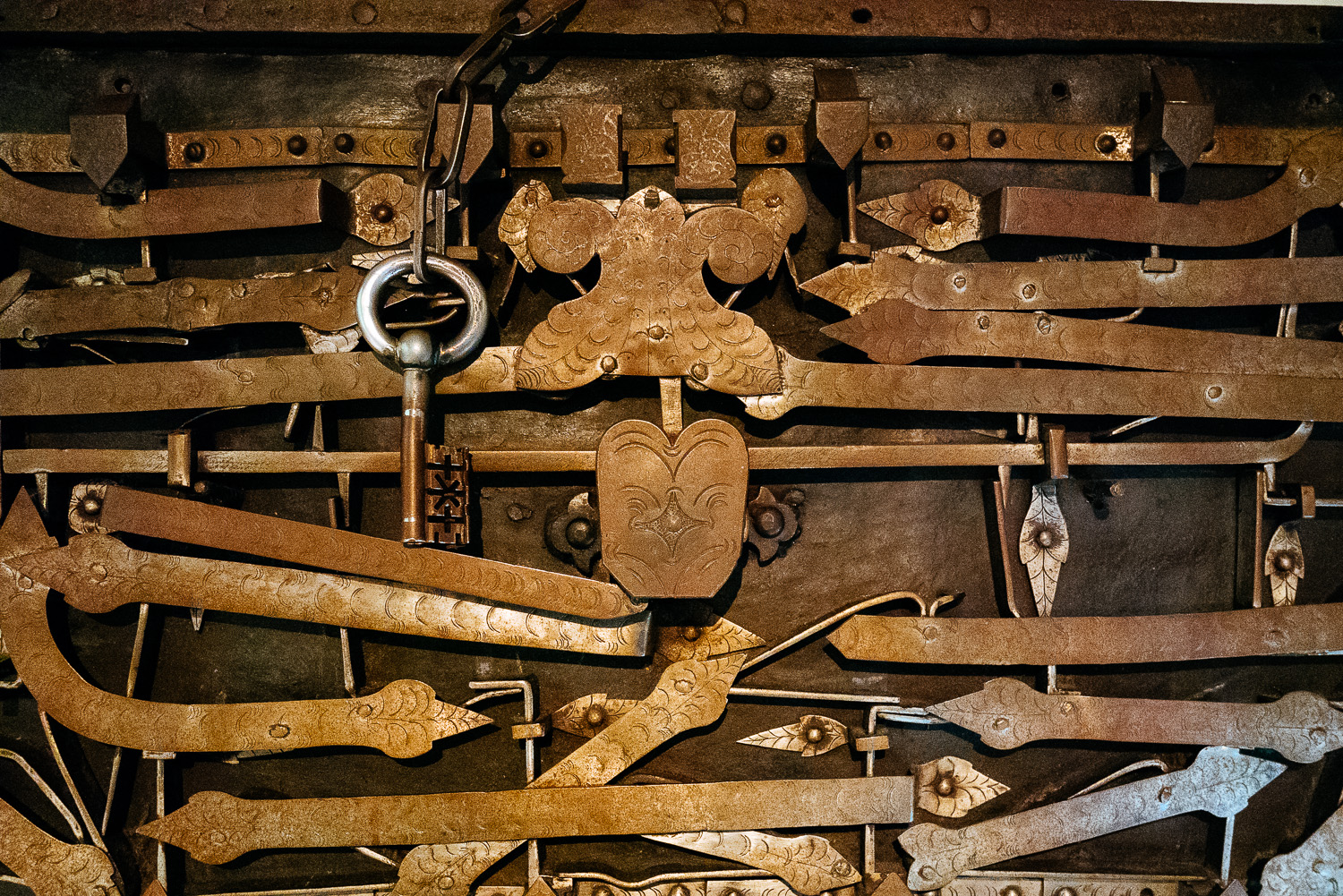 Panasonic DMC-GM1 (14mm, f/3.7, 1/13 sec, ISO6400)
Panasonic DMC-GM1 (14mm, f/3.7, 1/13 sec, ISO6400)
 Panasonic DMC-GM1 (12mm, f/3.5, 1/60 sec, ISO1000)
Panasonic DMC-GM1 (12mm, f/3.5, 1/60 sec, ISO1000)
 Panasonic DMC-GM1 (20mm, f/4.6, 1/160 sec, ISO1000)
Panasonic DMC-GM1 (20mm, f/4.6, 1/160 sec, ISO1000)
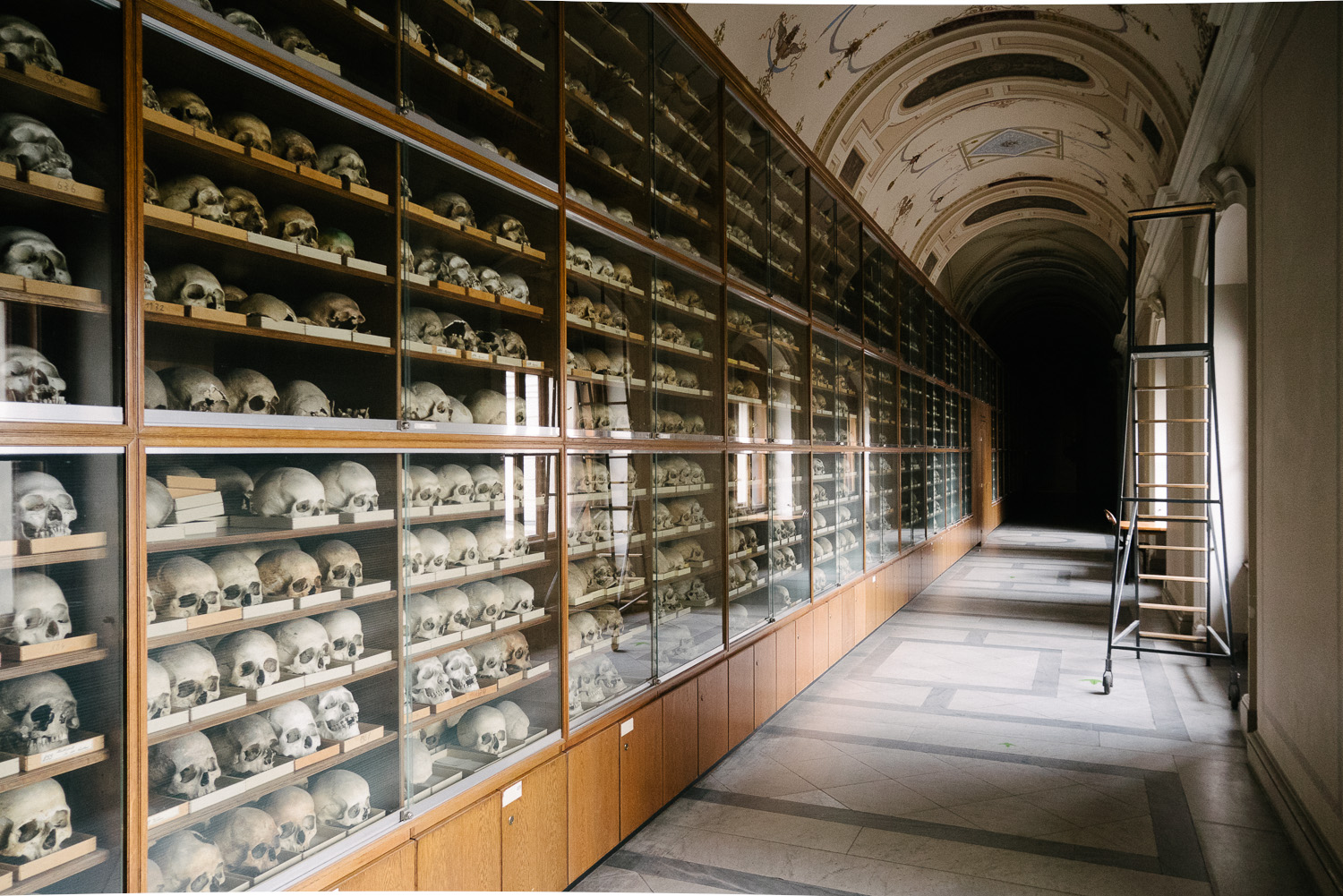 Panasonic DMC-GM1 (12mm, f/3.5, 1/13 sec, ISO1000)
Panasonic DMC-GM1 (12mm, f/3.5, 1/13 sec, ISO1000)
 Panasonic DMC-GM1 (15mm, f/4, 1/100 sec, ISO200)
Panasonic DMC-GM1 (15mm, f/4, 1/100 sec, ISO200)
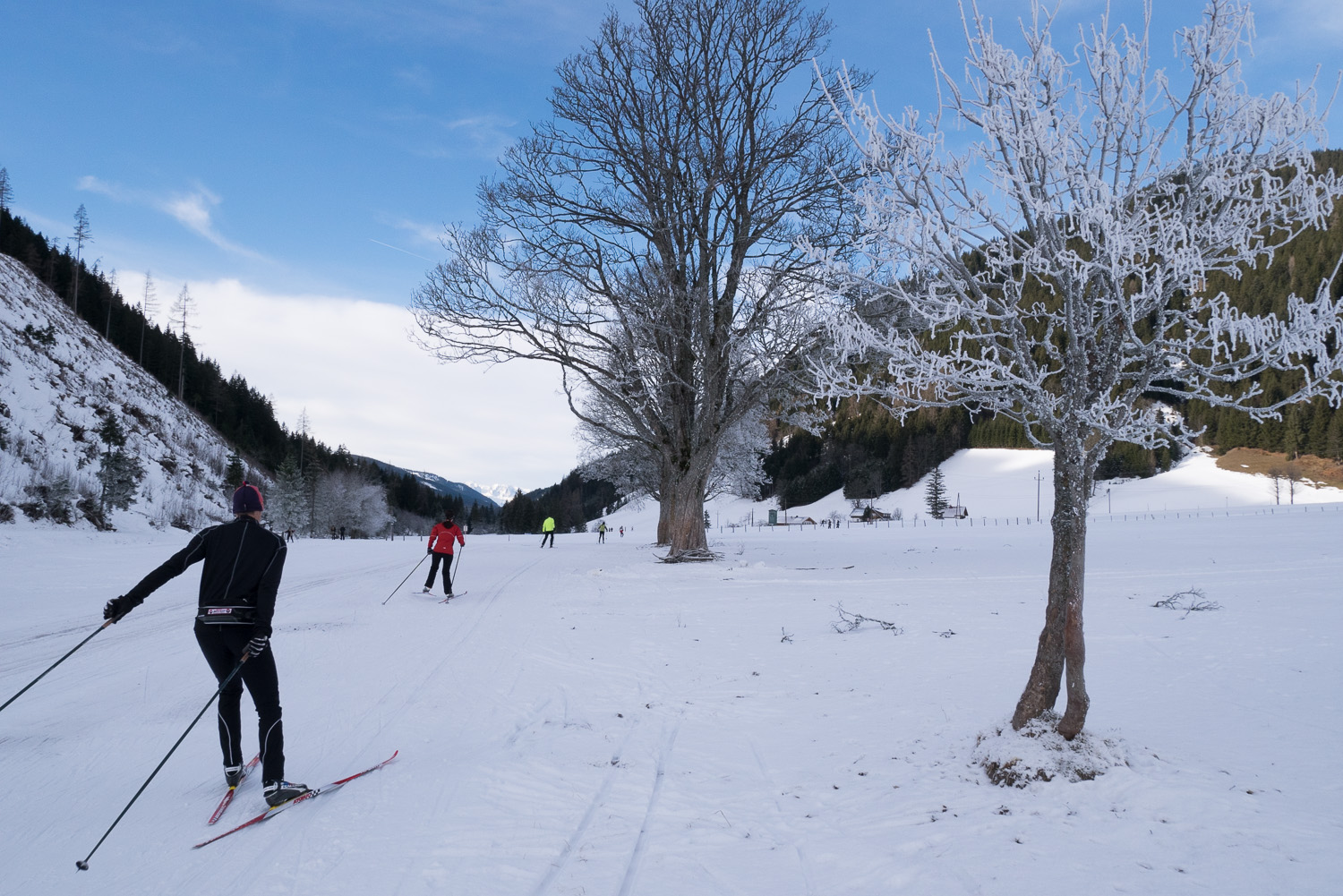 Panasonic DMC-GM1 (12mm, f/9, 1/400 sec, ISO200)
Panasonic DMC-GM1 (12mm, f/9, 1/400 sec, ISO200)
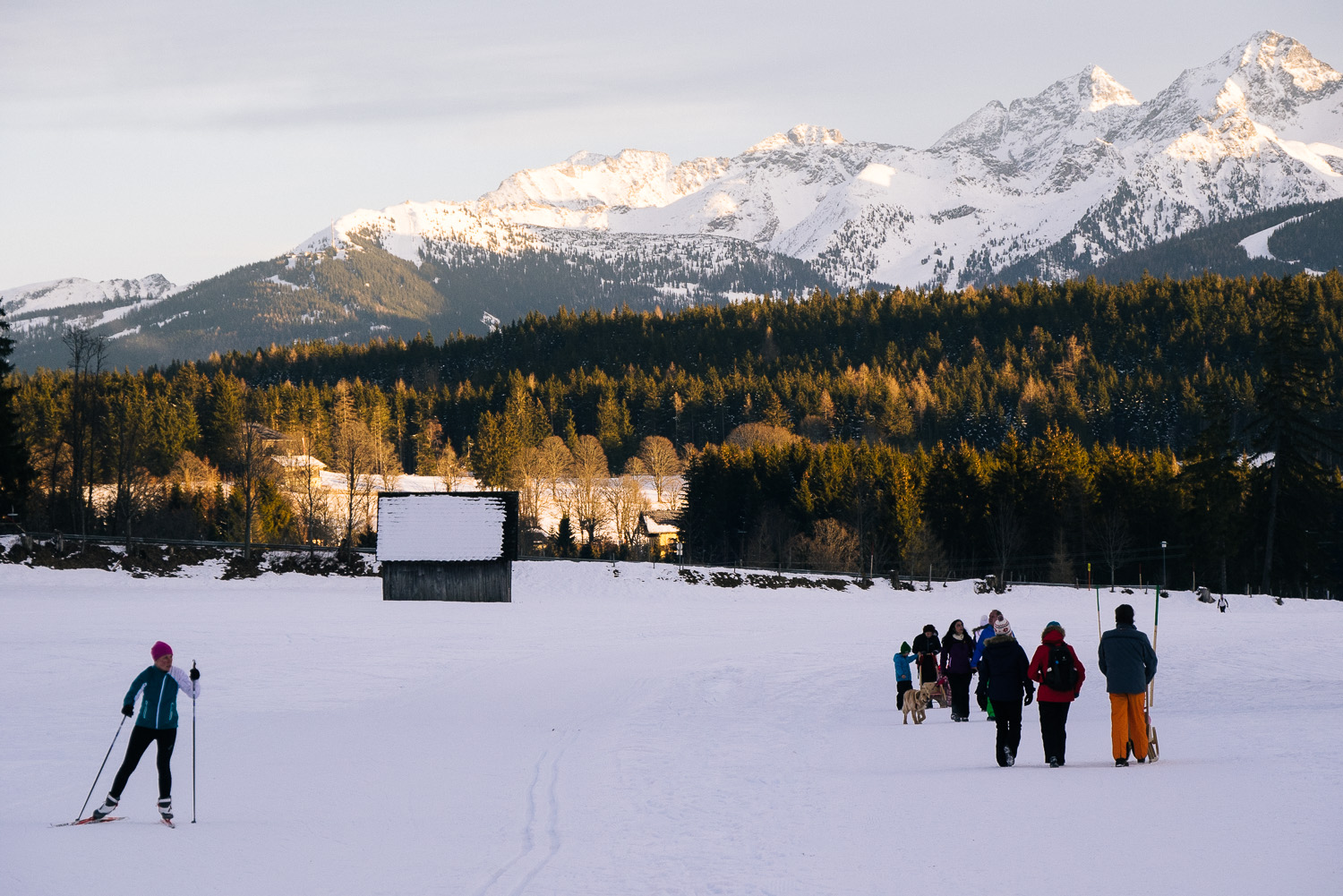 Panasonic DMC-GM1 (73mm, f/5.4, 1/250 sec, ISO200)
Panasonic DMC-GM1 (73mm, f/5.4, 1/250 sec, ISO200)
 Panasonic DMC-GM1 (46mm, f/4.9, 1/200 sec, ISO640)
Panasonic DMC-GM1 (46mm, f/4.9, 1/200 sec, ISO640)
 Panasonic DMC-GM1 (14mm, f/3.5, 1/125 sec, ISO200)
Panasonic DMC-GM1 (14mm, f/3.5, 1/125 sec, ISO200)
 Panasonic DMC-GM1 (12mm, f/3.5, 1/60 sec, ISO1250)
Panasonic DMC-GM1 (12mm, f/3.5, 1/60 sec, ISO1250)
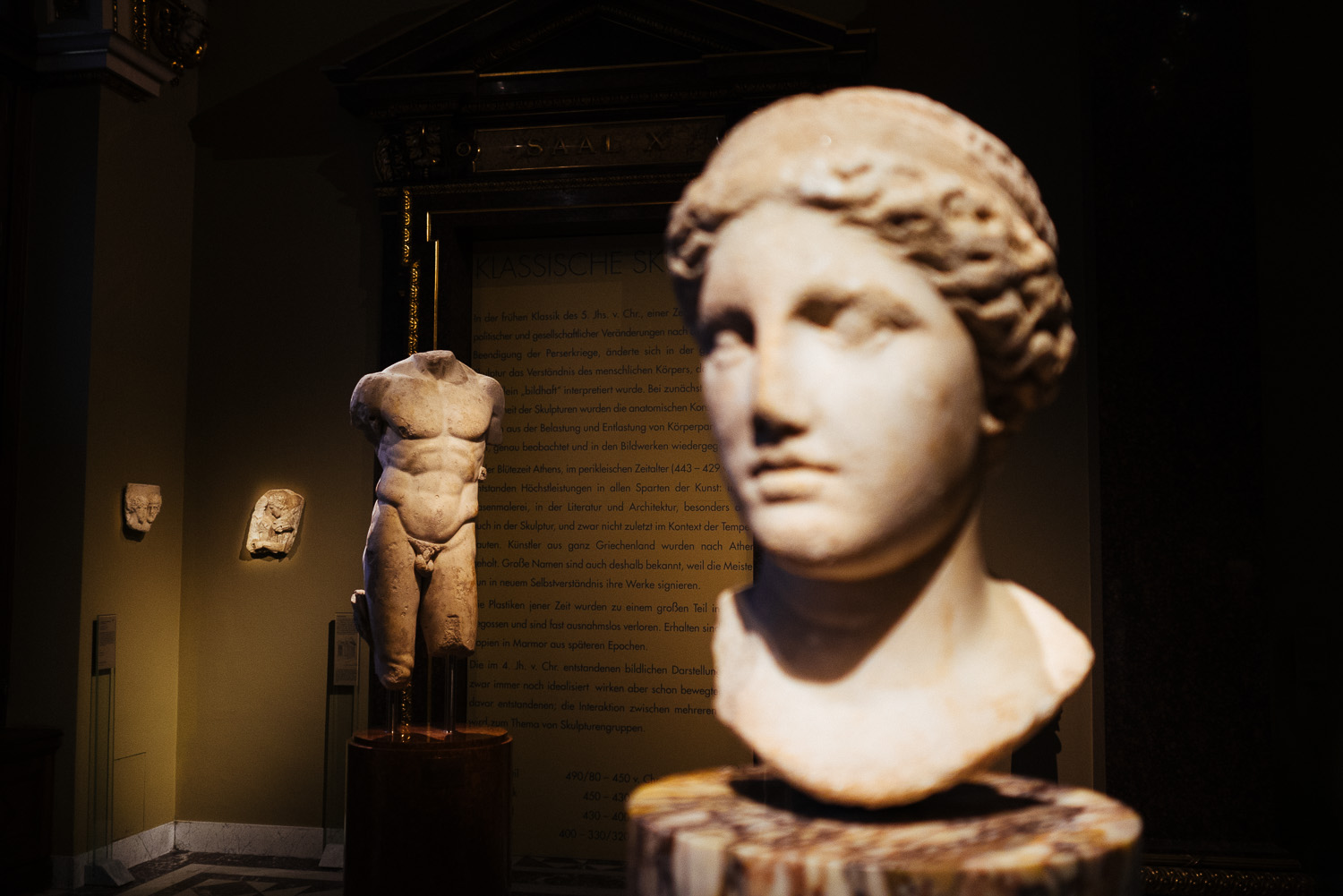 Panasonic DMC-GM1 (17mm, f/1.8, 1/60 sec, ISO400)
Panasonic DMC-GM1 (17mm, f/1.8, 1/60 sec, ISO400)
